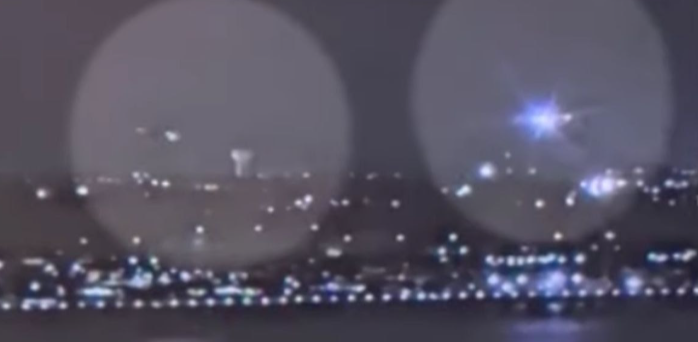Stunning Footage from New Angles Raises Additional Questions About DC Plane Crash

Newly released videos capturing Wednesday’s devastating midair collision over Washington, D.C., provide a remarkably clear view of the incident—yet they also deepen the mystery surrounding what went wrong.
The two recordings, obtained by CNN and aired Friday morning, depict the moment an Army Black Hawk helicopter flew straight into American Airlines Flight 5342. Both aircraft then plummeted into the Potomac River, claiming the lives of 67 passengers, crew members, and soldiers.
A troubling new report further reveals that the helicopter was far outside its designated flight path at the time of impact.
As CNN’s News Central co-anchor Kate Bolduan stated, the footage “[offers] a more direct angle and vantage point” than earlier clips.
The latest findings are as follows:
In a report published at midnight, The New York Times disclosed that the Black Hawk had strayed from its authorized route before the collision.
The pilot had “asked for permission to use a specific, predetermined route that lets helicopters fly at a low altitude along the bank on the east side of the Potomac, a location that would have let it avoid the American Airlines plane,” according to The Times.
This designated path, referred to as Route 4, was acknowledged, and the helicopter had visually confirmed the jet’s position. “The air traffic controller instructed the helicopter to follow the route and fly behind the plane,” The Times reported.
However, rather than staying on course, the Black Hawk was flying much higher than permitted—above 300 feet instead of below 200 feet—and was at least half a mile off its approved trajectory.
True to form, The Times spent a significant portion of the article scrutinizing air traffic control operations, questioning whether Reagan National Airport’s controllers were understaffed and overworked at the time.
(Reportedly, one controller had been permitted to leave early by a supervisor, leaving just one person responsible for managing both plane and helicopter traffic 30 minutes earlier than usual, The Times noted.)
But no amount of staffing adjustments in control towers will resolve the deeper questions raised by this new evidence.
On Friday morning, President Donald Trump—who has faced the predictable wave of criticism from mainstream media in the wake of the crash—addressed the situation on Truth Social.
“The Blackhawk helicopter was flying too high, by a lot. It was far above the 200-foot limit,” he wrote. “That’s not really too complicated to understand, is it???”
The fact itself is straightforward.
The real mystery is, why?